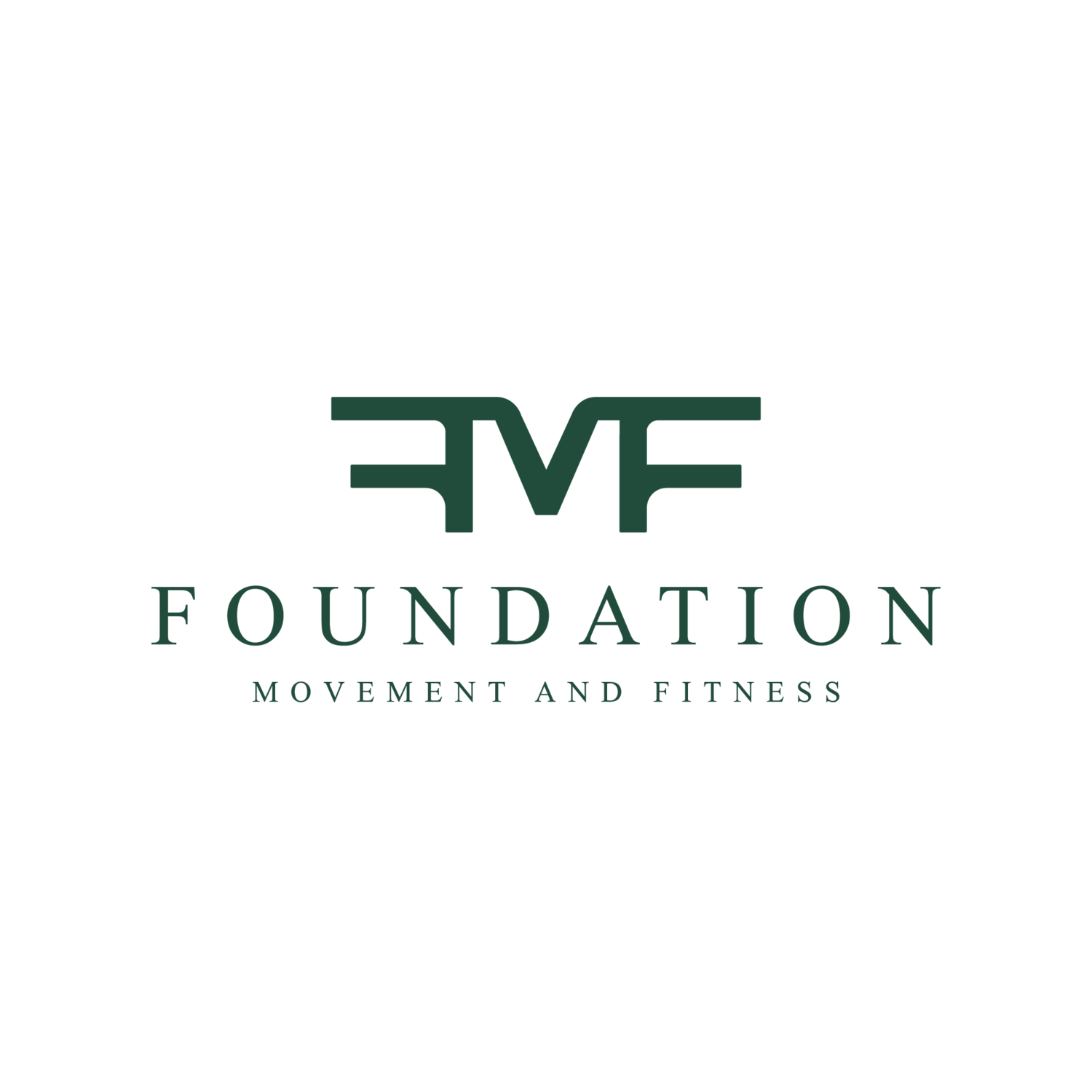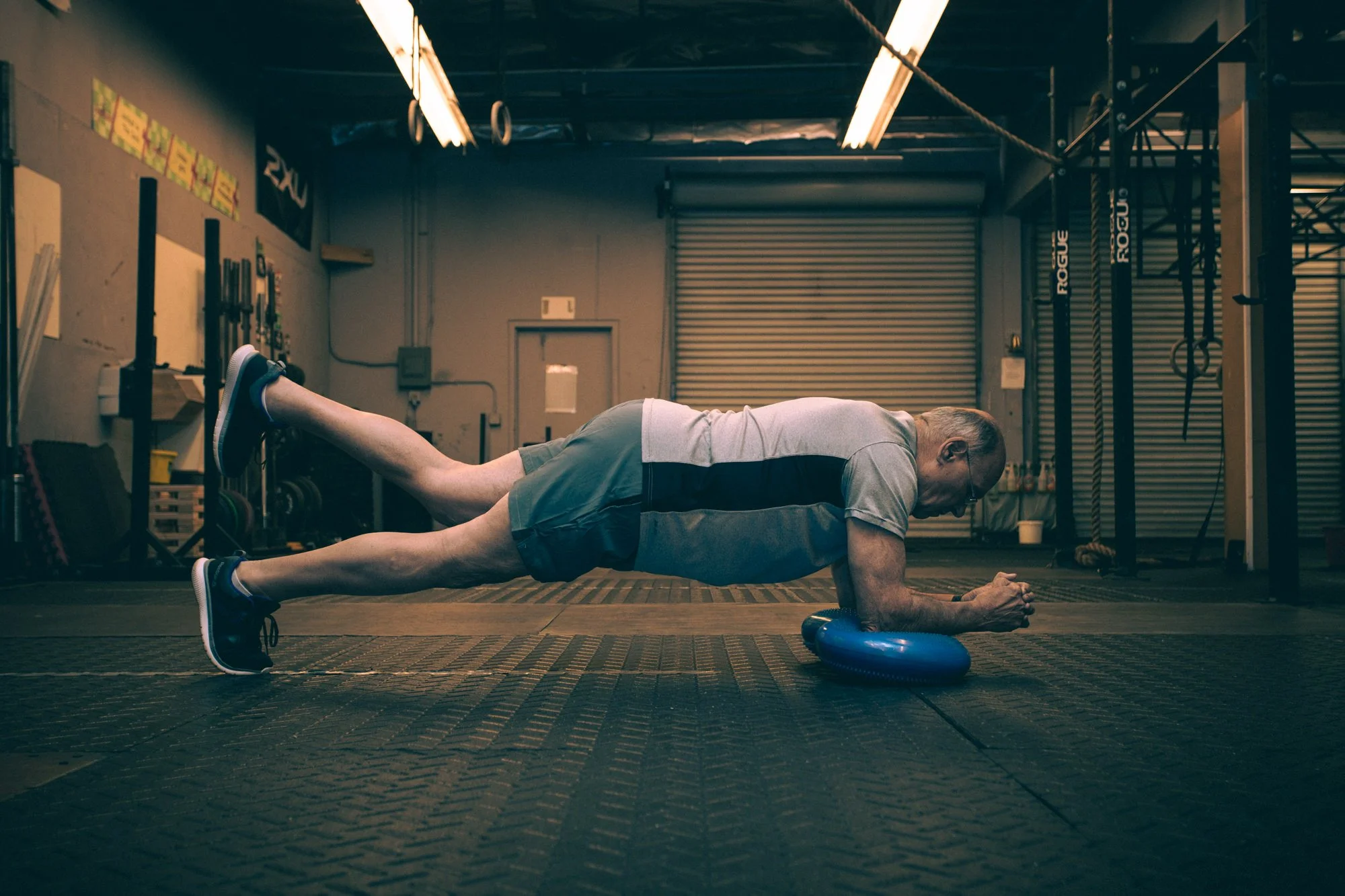Welcome back to the blog! As we discussed in our last post, plyometrics are suitable and beneficial to more populations than we might normally think of. Today we’re going into how geriatric clients are a good example of this.
Think of this as fall prevention. This is something you’ve most likely heard of in hospital settings, physical therapy and/or old folks homes. Obviously, in those cases, an older individual has likely already experienced a fall that brought them there so the “prevention” is preventing a second, third, or fourth fall. You may also have heard that when an older person has a fall, their likelihood of having another increases. This increase is, reportedly, around 50% so it’s quite common for elderly individuals to experience numerous detrimental falls in their older lifetime after they’re had one.
What if we reframed fall prevention and started training to prevent the first fall before it ever happens instead of waiting to train afterwards?
Let’s take a step back and consider why older people tend to start having falls in the first place and how they lead to broken bones, sprained wrists and ankles, hip/knee replacements, head injuries etc.
When you imagine a little kid falling on the playground you may think, “stand back up and try again”. When you imagine an elderly individual falling, you likely think a bit differently. Perhaps you would run up to them, check their body for injuries, and possibly even call an ambulance.
As we age, physiological changes happen that can increase our risk of injury. For example, hearing and vision tends to worsen, both of which help with balance. However lifestyle changes are a big culprit, too. One that we know a lot about and work with at FMF, is that as people age, they tend to decrease their activity… they move less.
While it’s more difficult to retain muscle and the rate at which our bones grow and replace themselves slows as we age, with less movement, your muscle mass decreases as you don’t use them, and your bone mass decreases because you are not doing weight bearing activities regardless of your age. Your muscle memory and reaction times slow down because of this. It’s much like if you speak a second language and stop using it for some time, you’re pretty rusty when you try speaking it again.
At FMF, we follow the literature and our clinical experience and train fall prevention to our elderly population whether or not they’ve had a fall. It’s very important to encourage elderly clients to move more, and it’s very necessary to train them in strength, mobility, and plyometrics. This way they are used to quick movements, can balance and have fast reactions and will be more likely to catch themselves if they begin to fall. They’ll also feel more confident moving around and be less likely to trip or slip in the first place.
At FMF we train fall prevention to our elderly population whether or not they’ve had a fall
Adding in plyometrics increase balance, quicker reaction time, and help them to be more likely to catch themselves if they begin to fall.
So now that we have discussed how lack of movement is a huge contributor to elderly clients’ likelihood of falling, in the next post we’re going to talk about what specifically we do at FMF to train clients and help our older patients decrease their mental fears around falling (psychological aspects are also hugely related to falling which we address in our programs). We improve their physical abilities to avoid falling and this all relates back to plyometrics!
For even more information and access to our huge online exercise library and platform where you’ll find community and support in your movement practice as a trainer or trainee, join our Coach Now program. if you want some added support, and a great community join our Facebook Group today. Or Send us a text @ (442)-264-7344 to schedule an initial appointment today!
See you next week!
Sabrina

